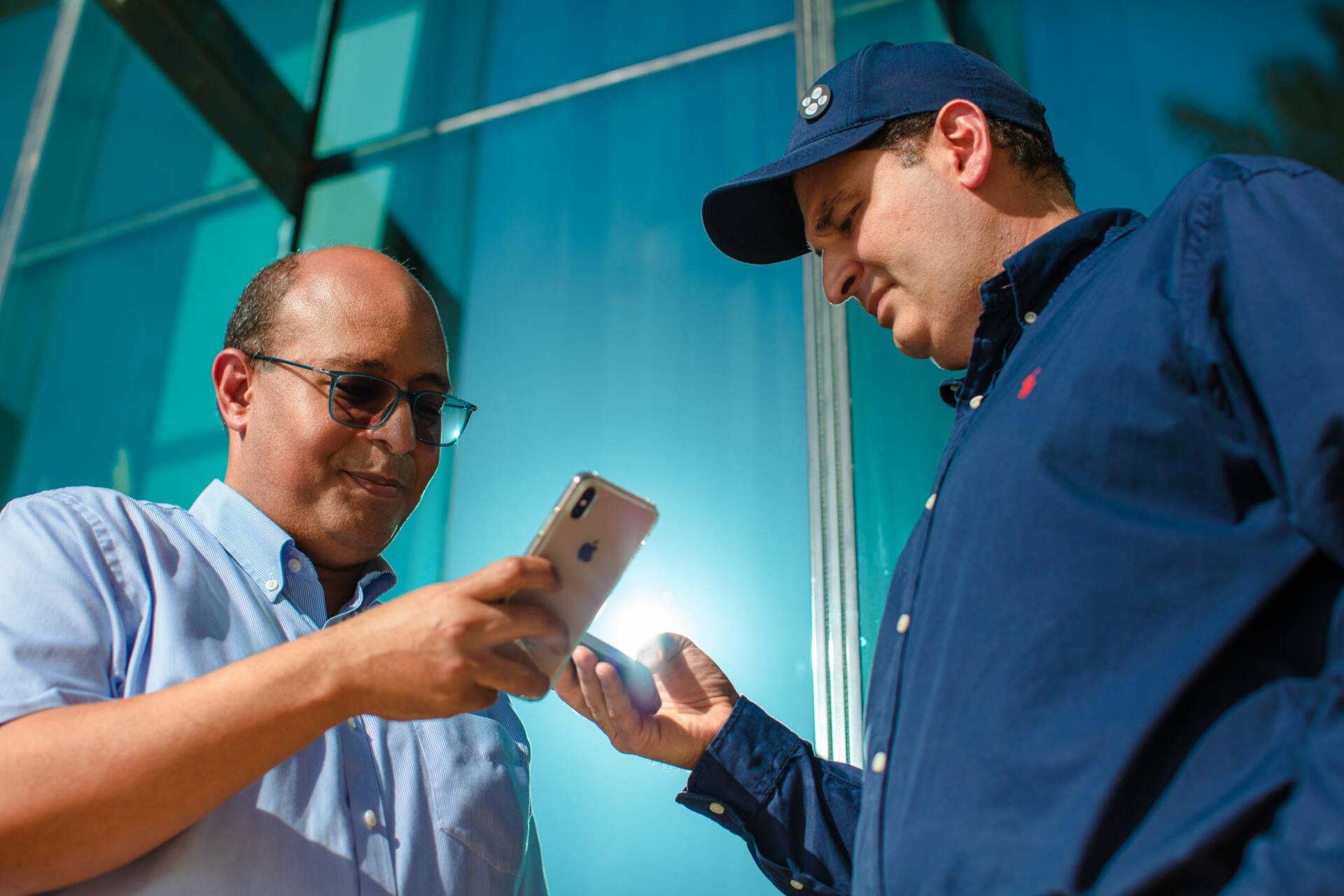Interior lighting has come a long way since Thomas Edison’s day, says Basem Shihada, who researches advanced wireless communications systems at KAUST.
Modern LED lighting is bright, long-lived, energy-efficient and instant. Shihada and his team are using these attributes to show that LED devices could find applications far beyond basic illumination. “The LED visible light infrastructure can also be used for wireless communications,” he says. “We have done lots of work on visible light communication (VLC), also named LiFi – like Wi-Fi, but with light.”
LiFi transmits data by rapidly adjusting the brightness of the LED light source. “LEDs can be switched at very high rates for fast data transmission — so fast it can’t be seen by the human eye,” Shihada says. Piggybacking wireless communications onto existing lighting infrastructure could save a lot of energy.
In modern office spaces, including at KAUST, LiFi faces a particular challenge, notes Osama Amin, a research scientist in Shihada’s labs. “In a modern building where the entire façade is glass, the sunlight naturally flooding into the room can interfere with LiFi signals,” Amin says.
Amin was struck by a potential solution while sitting outdoors, with bright sunlight reflecting from a nearby glass-clad building. “I wondered, could we utilize this powerful and sustainable source of light energy to transfer data?” Amin says. Rather than battle the bright sunlight that was disrupting LiFi, perhaps they could harness it by encoding data into sunlight as it spilled through a window or bounced from a building surface.
Shihada quickly warmed to Amin’s idea. Shihada proposed first testing the concept using existing off-the-shelf hardware: a glass shutter technology and a smartphone camera. The glass shutter could be fitted to a window to modulate passing sunlight and encode data into it and the smartphone camera could receive the data. “I thought, if I have a camera that can record the beam as a movie, it could then analyze the movie frame by frame to extract the data,” Shihada says.
The team has tested the smartphone receiver and also designed a smart window system to encode data into passing sunlight. They showed that even the smart window’s shutter technology could be renewably powered using a small solar panel. “Assembly of a test system of this ultimate energy-efficient mode of wireless communications is now underway,” Shihada says.
Edison would be dazzled.

